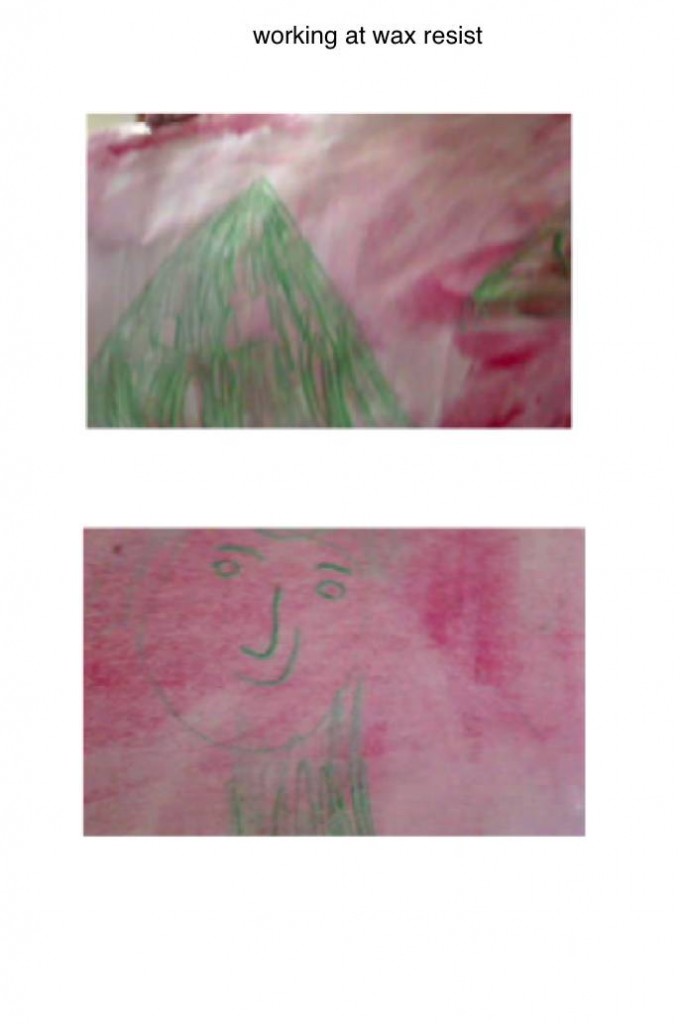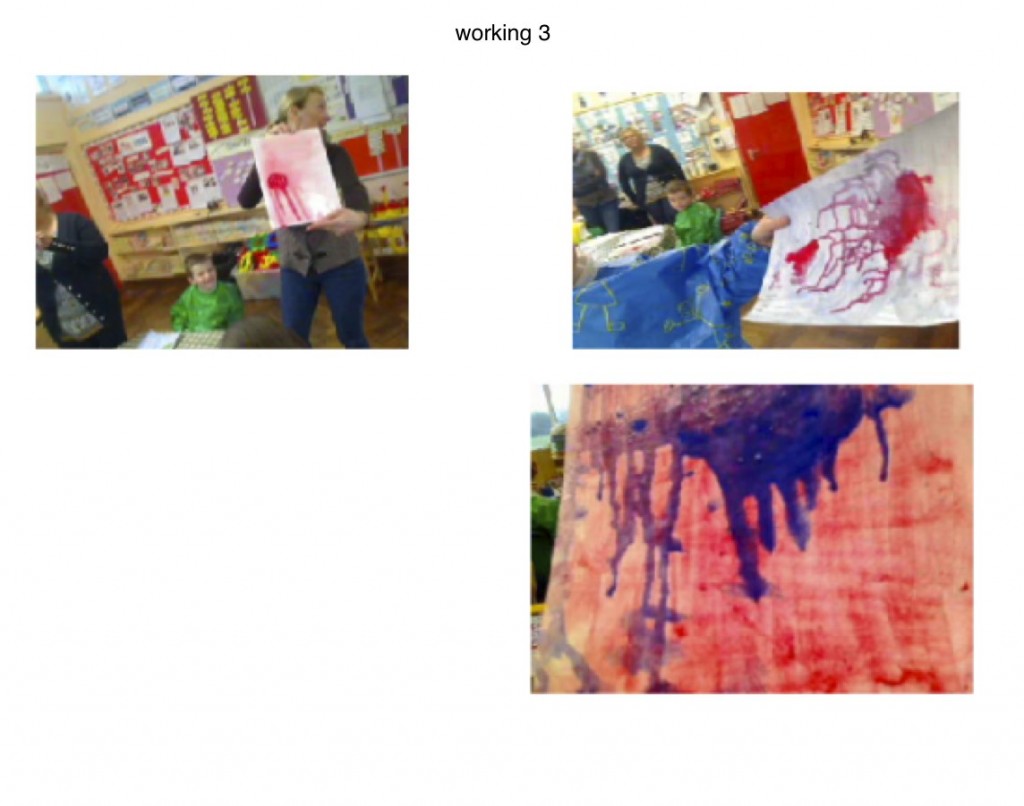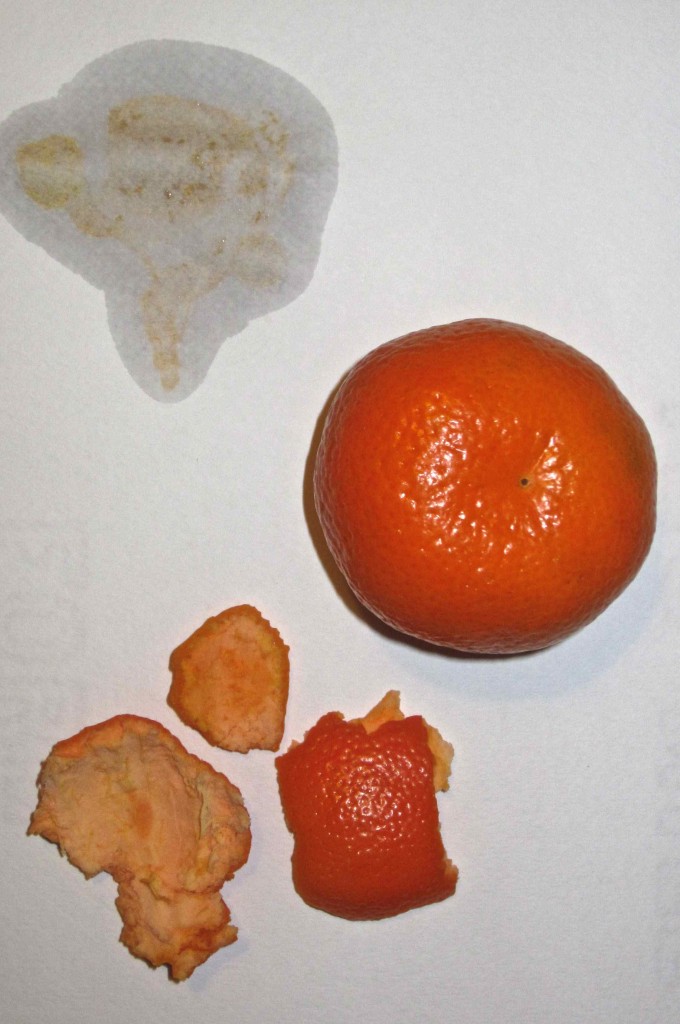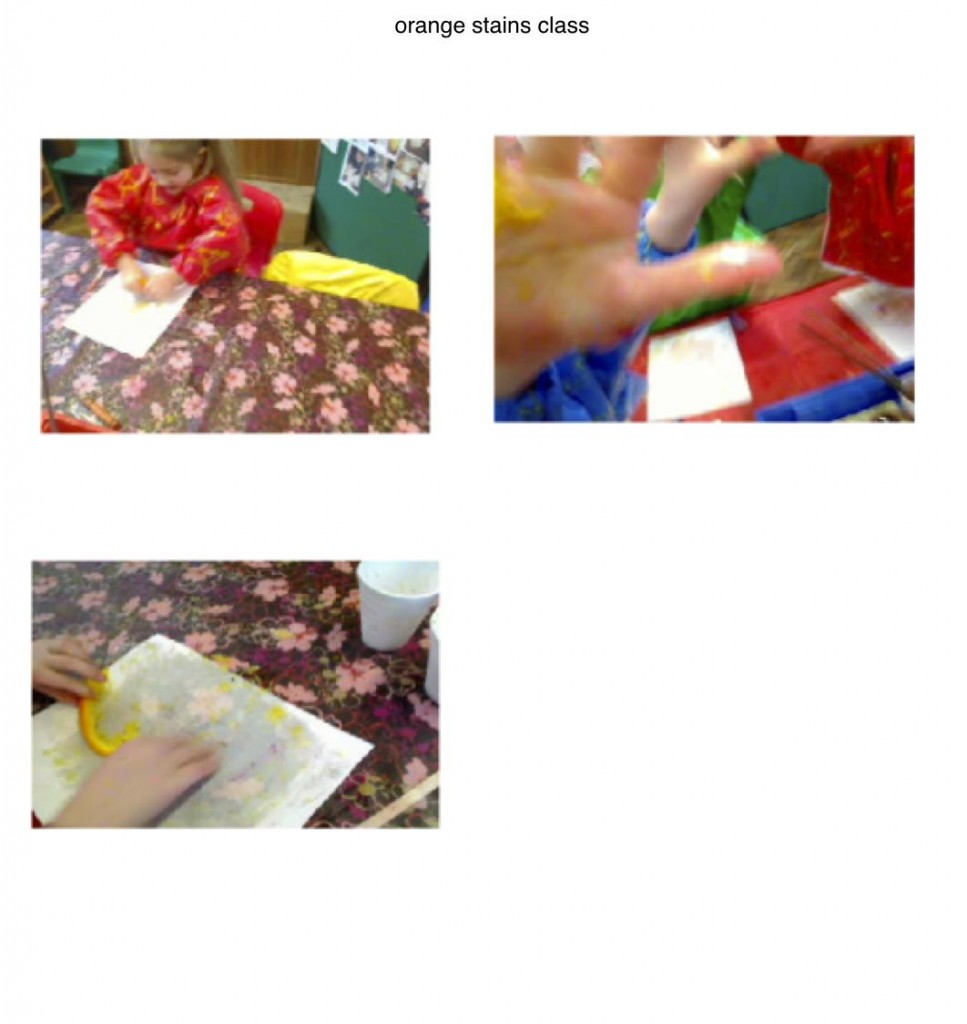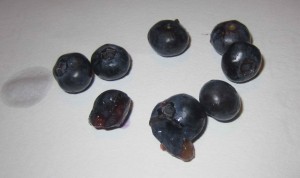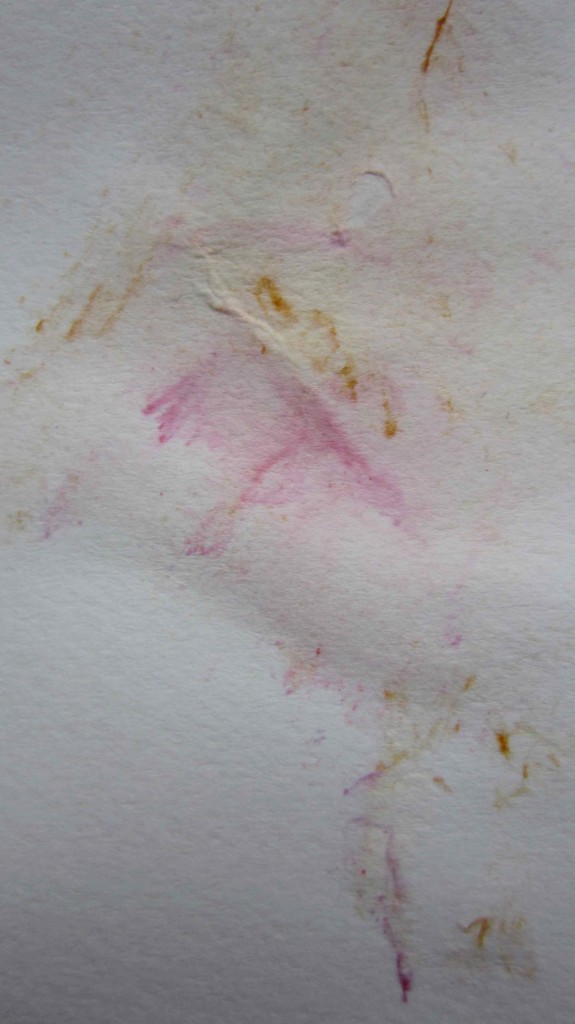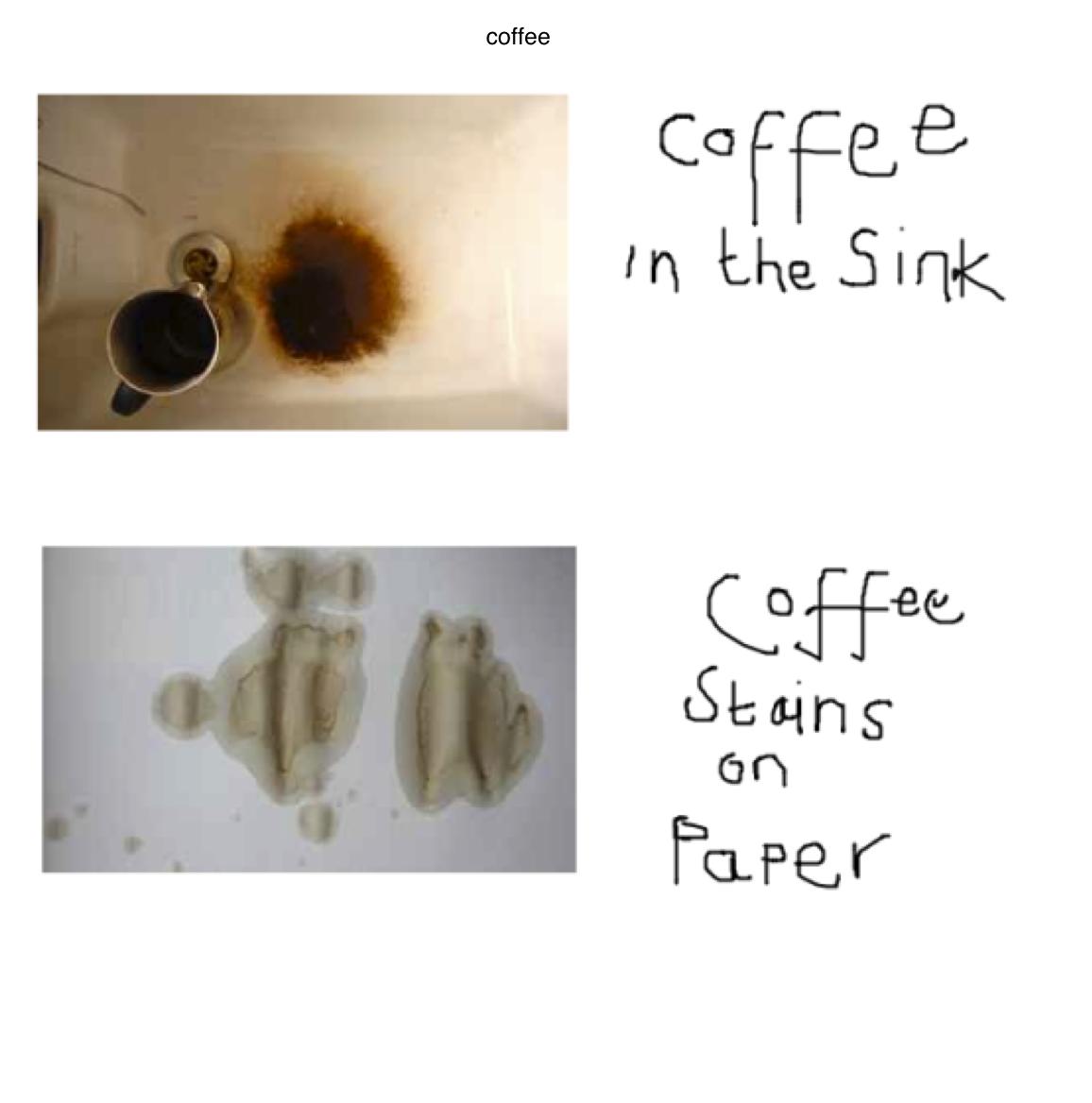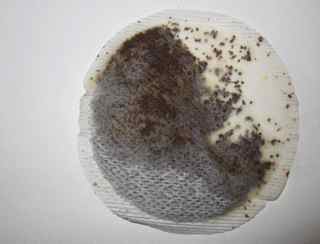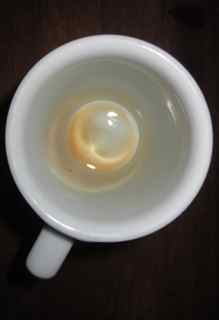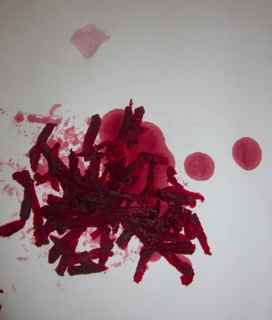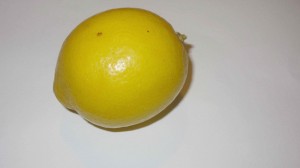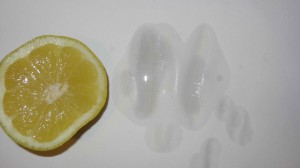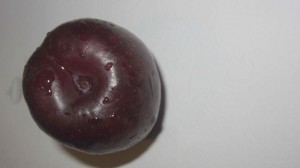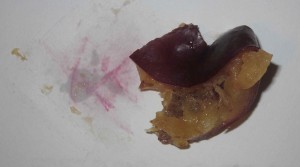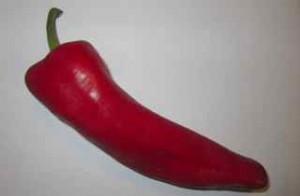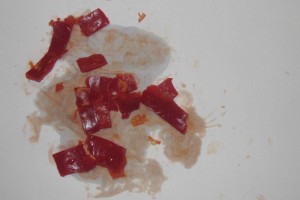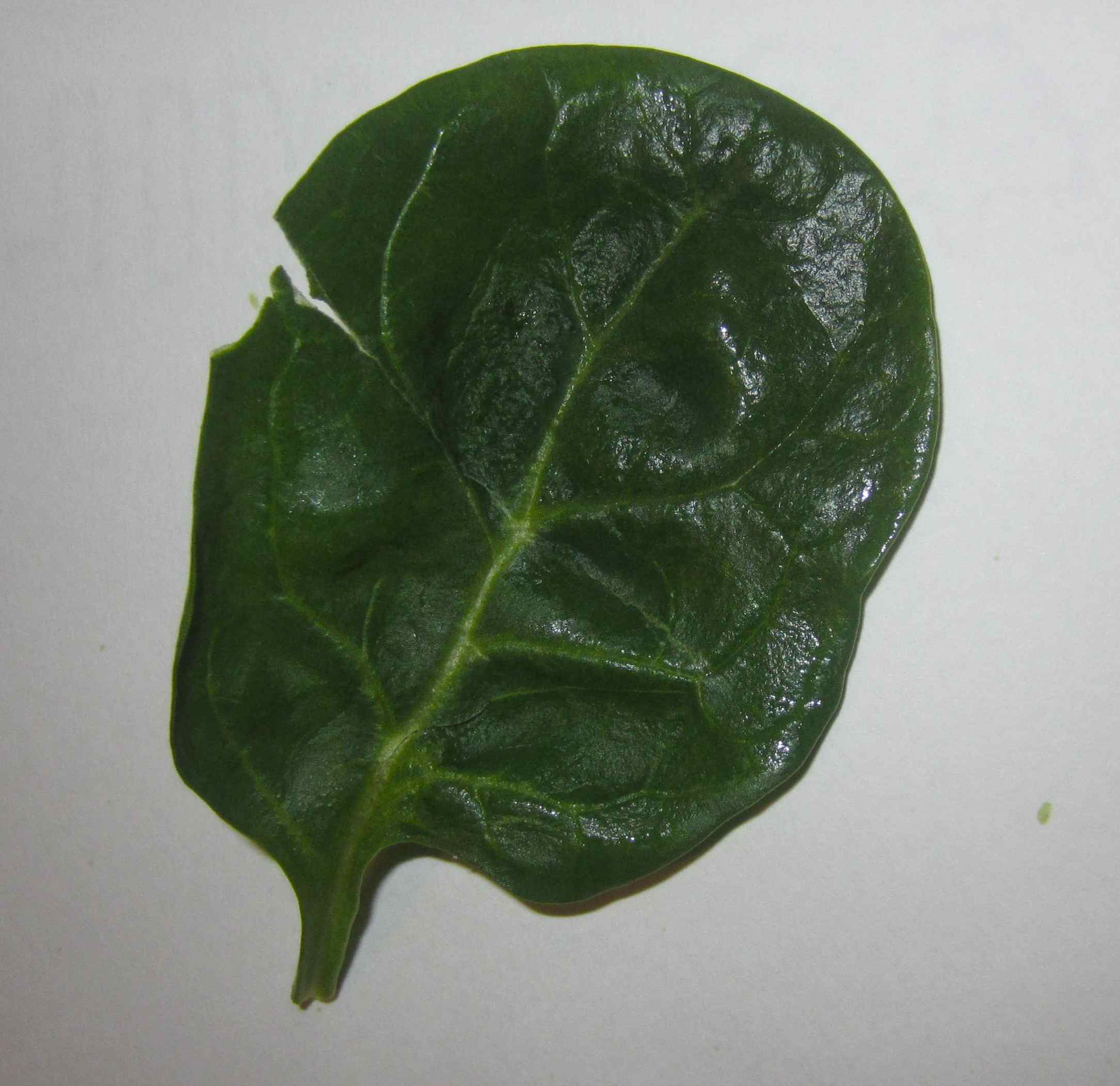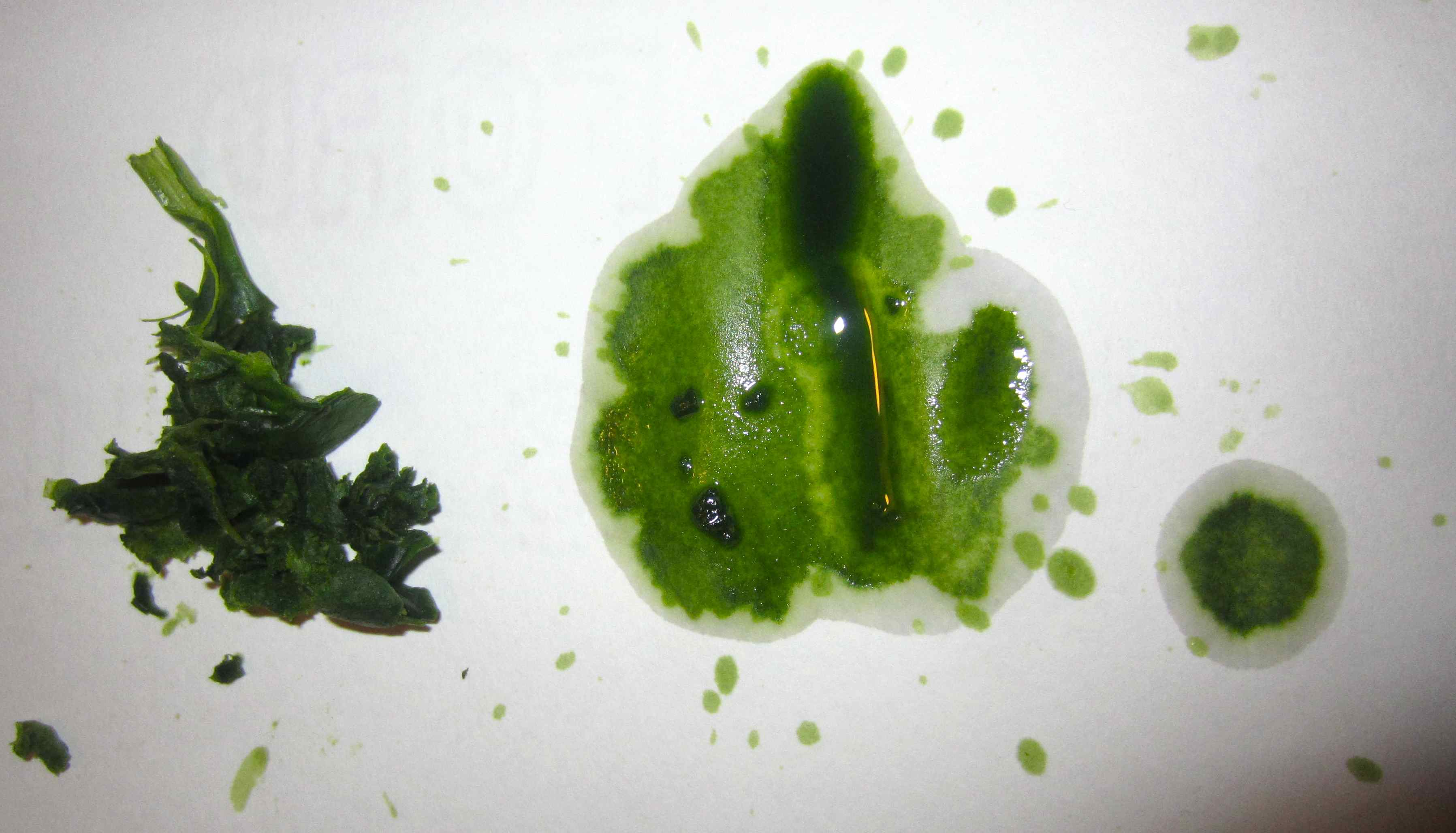This week we had planned to re-visit the wax resist experiments using coloured wax crayons, instead of white wax crayons (harder to see the image). Then, as it happens, we began to experience some technical difficulties with sound and video, which Mr Madine, the Principal put down to the broadband and bad weather! However the class were able, (due to the great preparation of Mrs Carolan and her assistants, Catherine and Leeanne) to get on with the task of drawing on watercolour paper with the coloured crayon and then making a wash over the drawing. The children remembered the technique from last week and were off to a flying start! At points, when I did get sound or video, I could see arms working and paintbrushes delivering paint to the pages in the classroom!
Then when sound returned I could hear ALL the excitement!
Here are some results:
There were many wonderful examples of the wax resist technique where the wax crayon does not allow the paint to seep into the paper. Next the children tried the technique of making a colour wash with paint and then, before the painted surface is dry, they dropped a blob of water onto it. After that, they dropped a blob of a different coloured paint to see what happened to the painted surface:
What lovely effects! On screen it can be difficult to see detail. I showed the children my experiments using this technique of wet into wet:
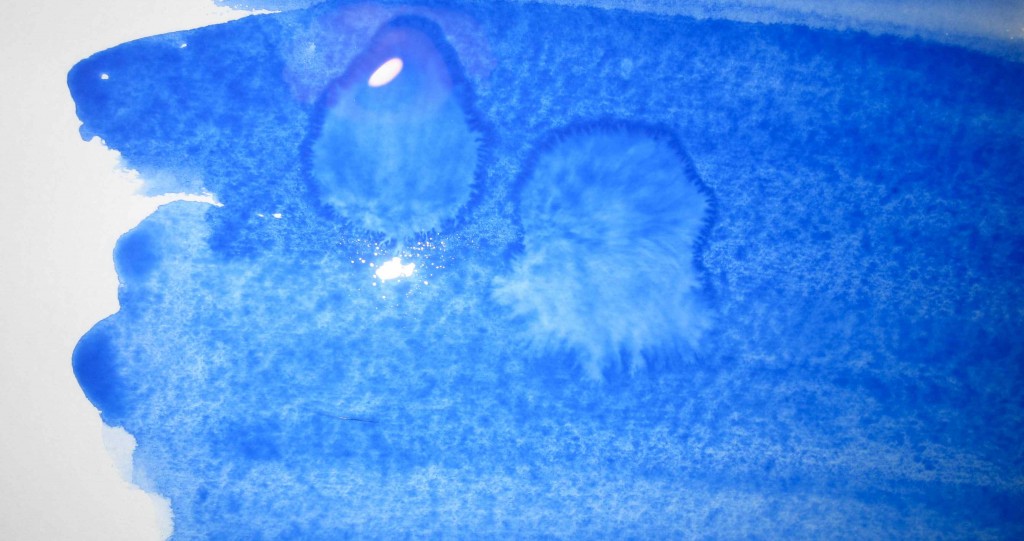
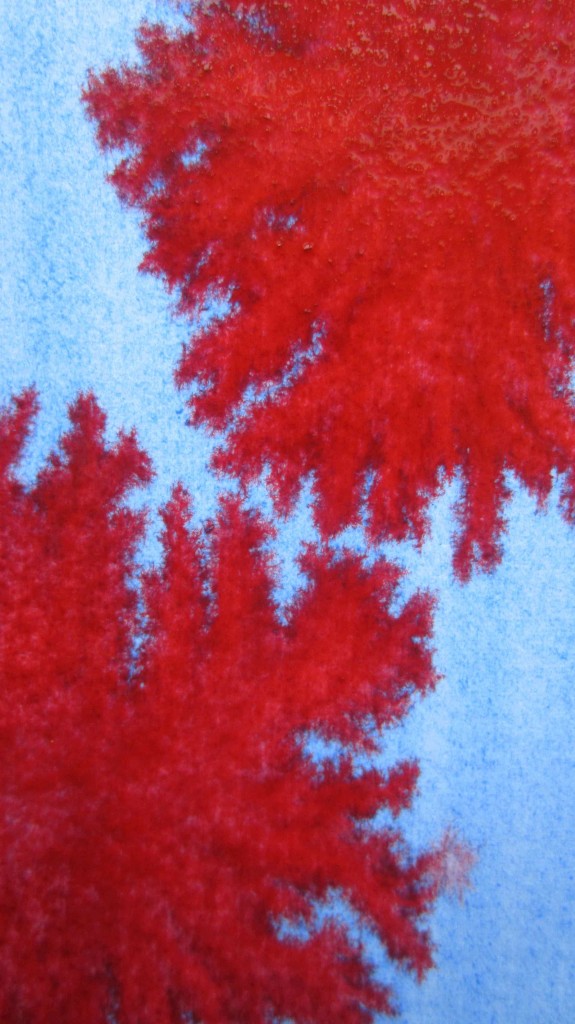
There was huge excitement for our next task, which entailed exploring if and how we could make stains on paper, using fruit!
First the children tried ORANGES:
Oh this was messy! It was really hands on. The children squeezed the fruit so the juice came out onto the absorbent blotting paper. They rubbed the skins on the page too! The colour was more yellowy than orange and very pale. There was an orangey smell with this activity too!
Next the children tried STRAWBERRIES:
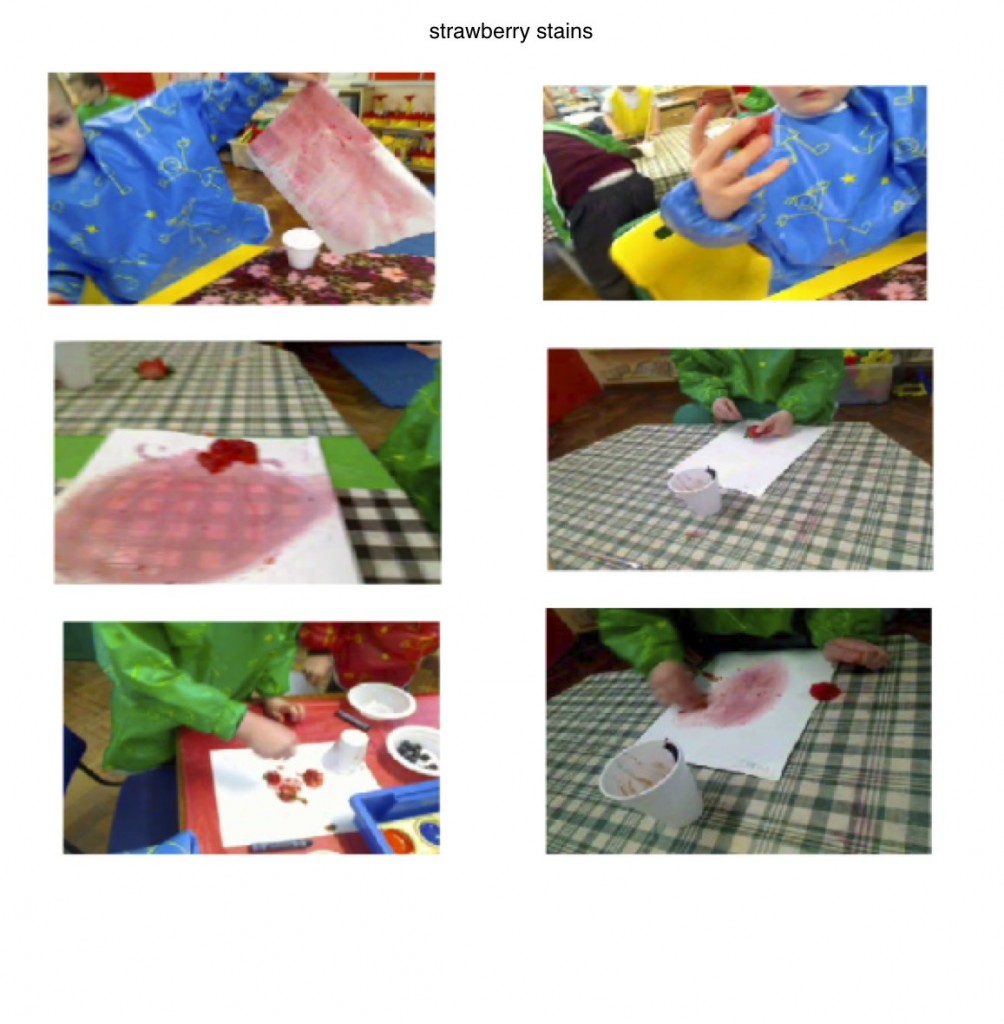 This was particularly interesting as the children had to squash and squeeze the fruit and pulp it onto the blotting paper. It produced a lovely pinky red colour. What was also interesting was that the fruit gave out a lovely sweet smell… Mrs Carolan said the smell was like summer fruits in the classroom! However the children also noticed that the fruit made their hands VERY VERY STICKY….. There were a few ‘ughs’ to be heard!
This was particularly interesting as the children had to squash and squeeze the fruit and pulp it onto the blotting paper. It produced a lovely pinky red colour. What was also interesting was that the fruit gave out a lovely sweet smell… Mrs Carolan said the smell was like summer fruits in the classroom! However the children also noticed that the fruit made their hands VERY VERY STICKY….. There were a few ‘ughs’ to be heard!
The next fruit for stain-exploration was the BLUEBERRY:
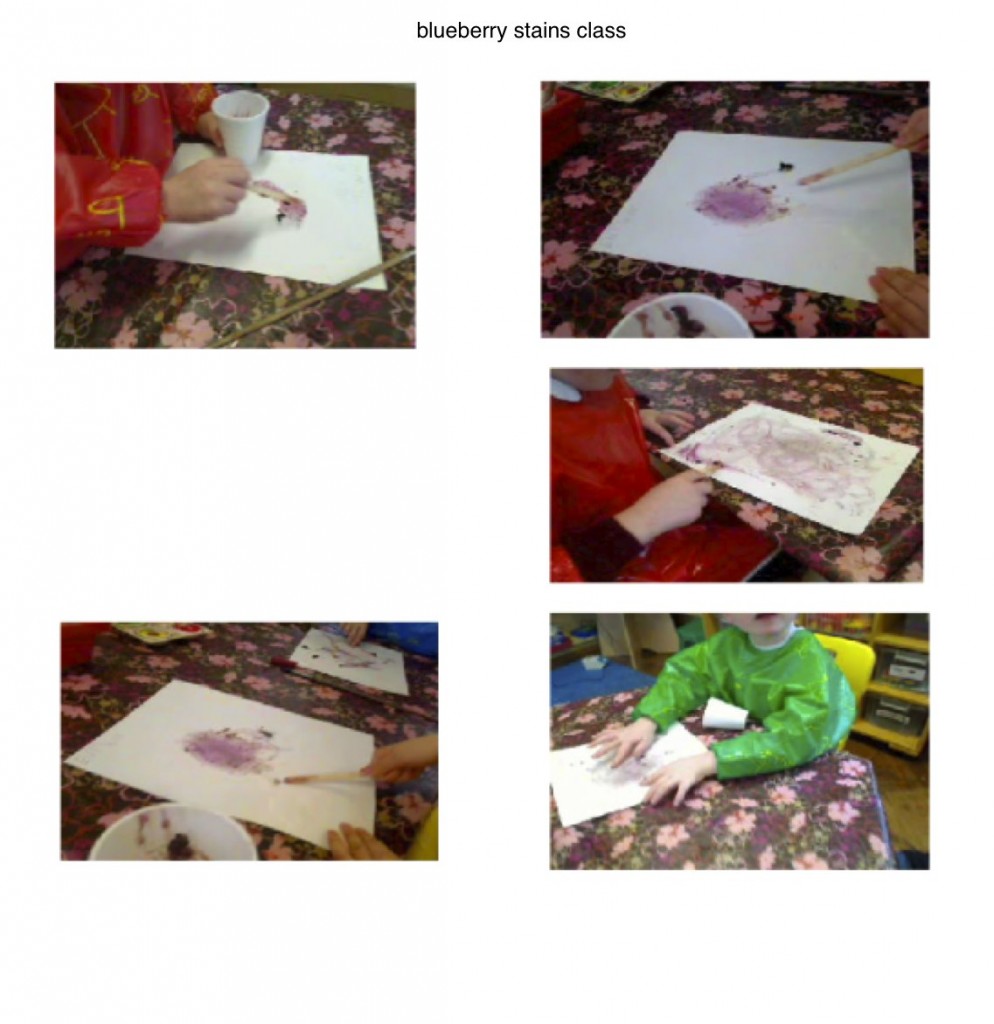 The children put a berry in a cup and began bashing it with a lolly stick, but soon came to the conclusion that it was easier with the hands!!!!
The children put a berry in a cup and began bashing it with a lolly stick, but soon came to the conclusion that it was easier with the hands!!!!
After break time we had the idea of exploring stains using coffee and tea.
I asked the children: “who in the class drank coffee?” A few hands went up! We talked about how coffee was made in a cup, using coffee powder and boiling water. They told me that Nanny, Mammy or Daddy made coffee in the house because it involved boiling water.
At first we looked at the colour of the coffee in the pot or cup…. it looked very dark brown:
But look at the colour when dropped onto paper! Its much lighter!
Here are the images of the children painting with coffee!
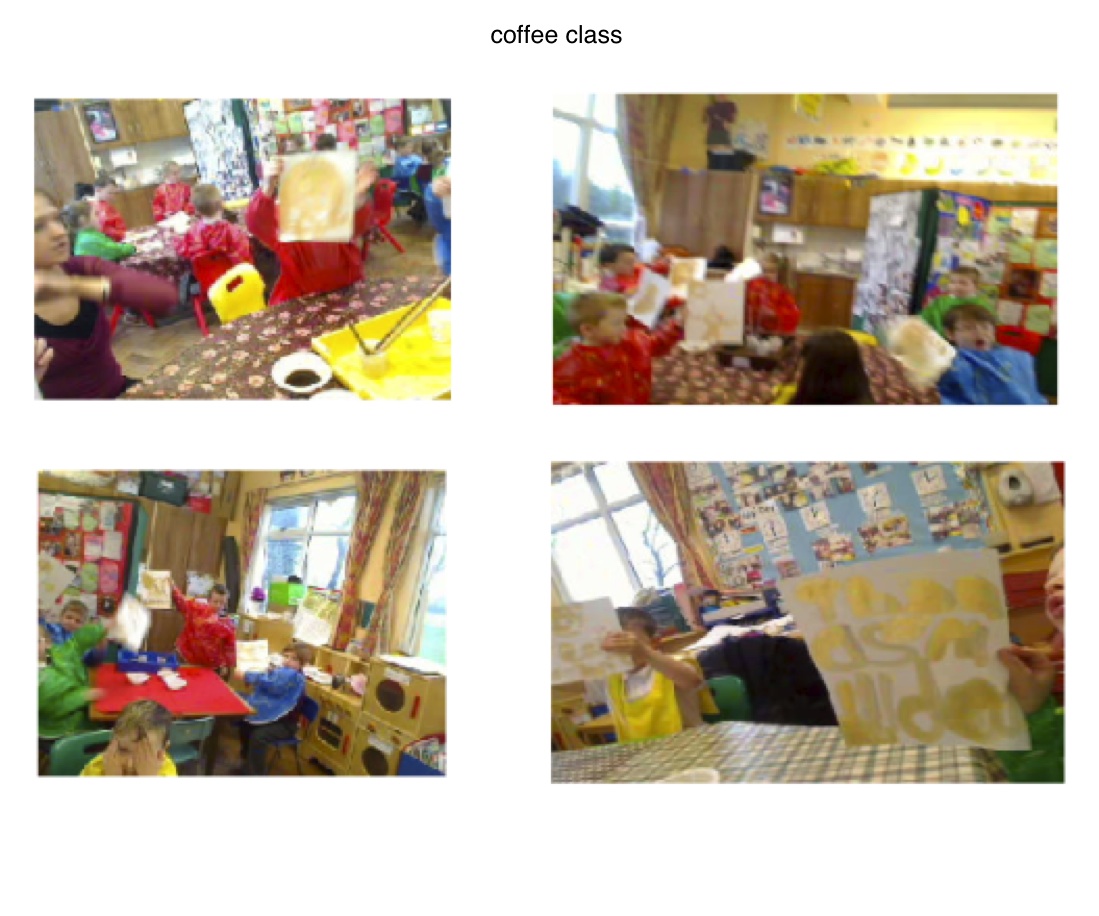
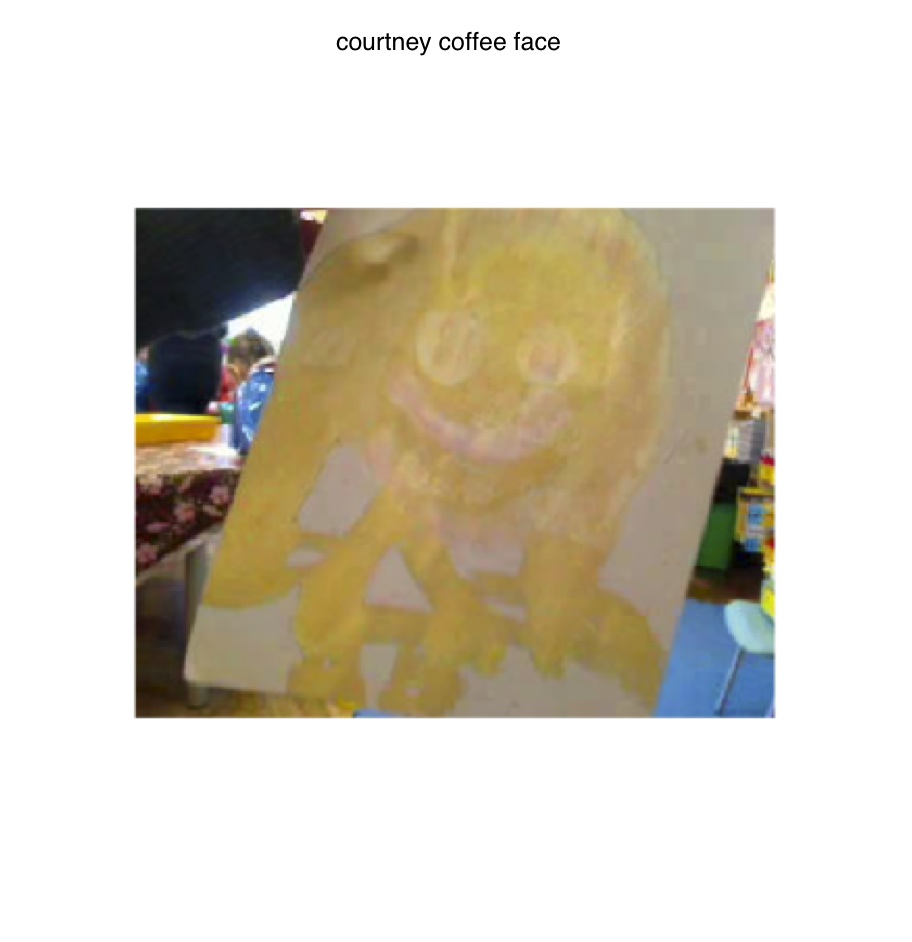 Courtney painted a face using coffee on blotting paper! It looks glowing and golden!
Courtney painted a face using coffee on blotting paper! It looks glowing and golden!
Cian made a coffee windmill!
We discussed why the colour of coffee in a cup or pot was DARKER and when painted onto a piece of blotting paper, it seemed so LIGHT!
Here are some of the reasons the children came up with:
Darragh said it was because the paper is white and lighter. He remembered the new word from last week when he said the paper was ABSORBENT.
Pearse suggested that the cup was not light.
Holly agreed that the paper was light and the whiteness soaks up the colour
Ross said he thought the paper was TRANSPARENT (another long word from last week!) so the light gets through the coffee. In the bowl or cup, he said it was darker because it was inside!
These were really good ideas put forward by the children.
The next experiment was with tea bags…..
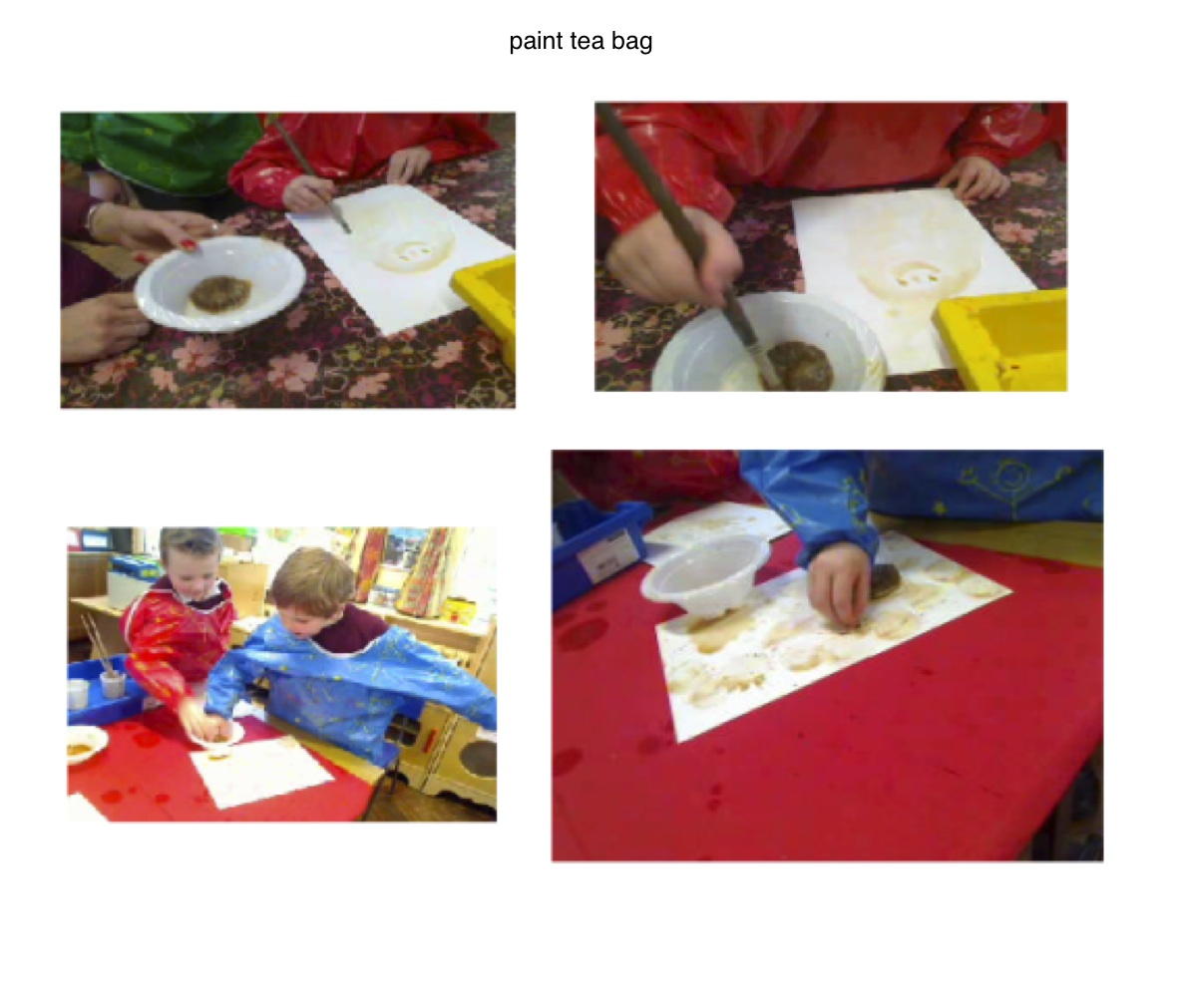
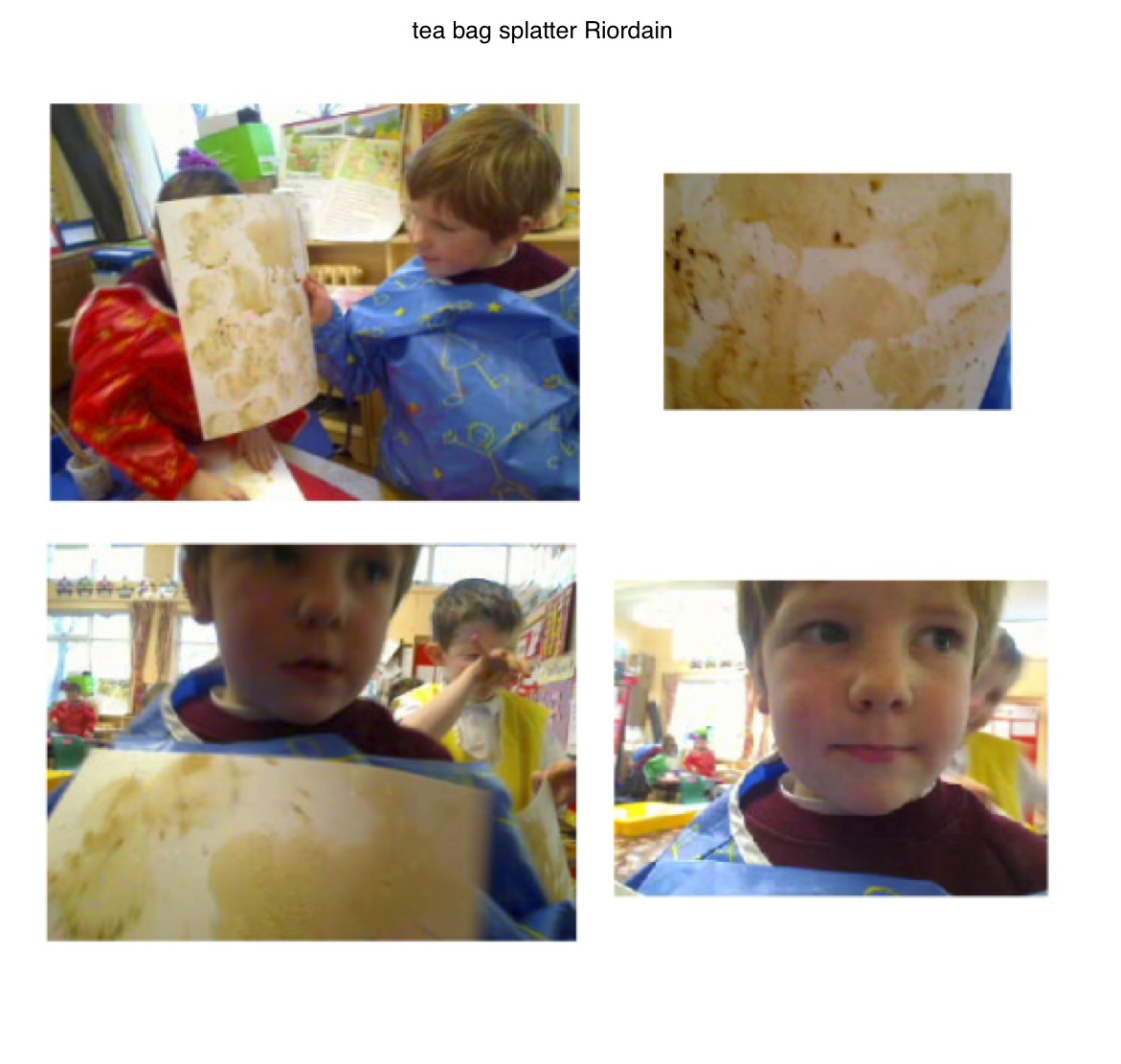 Ross splattered his tea bag colour on the page!
Ross splattered his tea bag colour on the page!
Pearse used a tea bag and paintbrush
Brian made a flower firework image!
FINALLY Mrs Carolan worked up to the the BEETROOT!

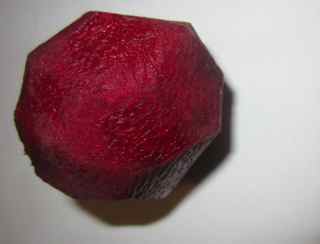
Mrs Carolan gave the class out some cut pieces of beetroot. At first the children handled the vegetable with bare hands, until they realized that their hands turned pinky red! Some did not like this and wanted rubber gloves! Either way they got some lovely colour stains from this wonderful vegetable!
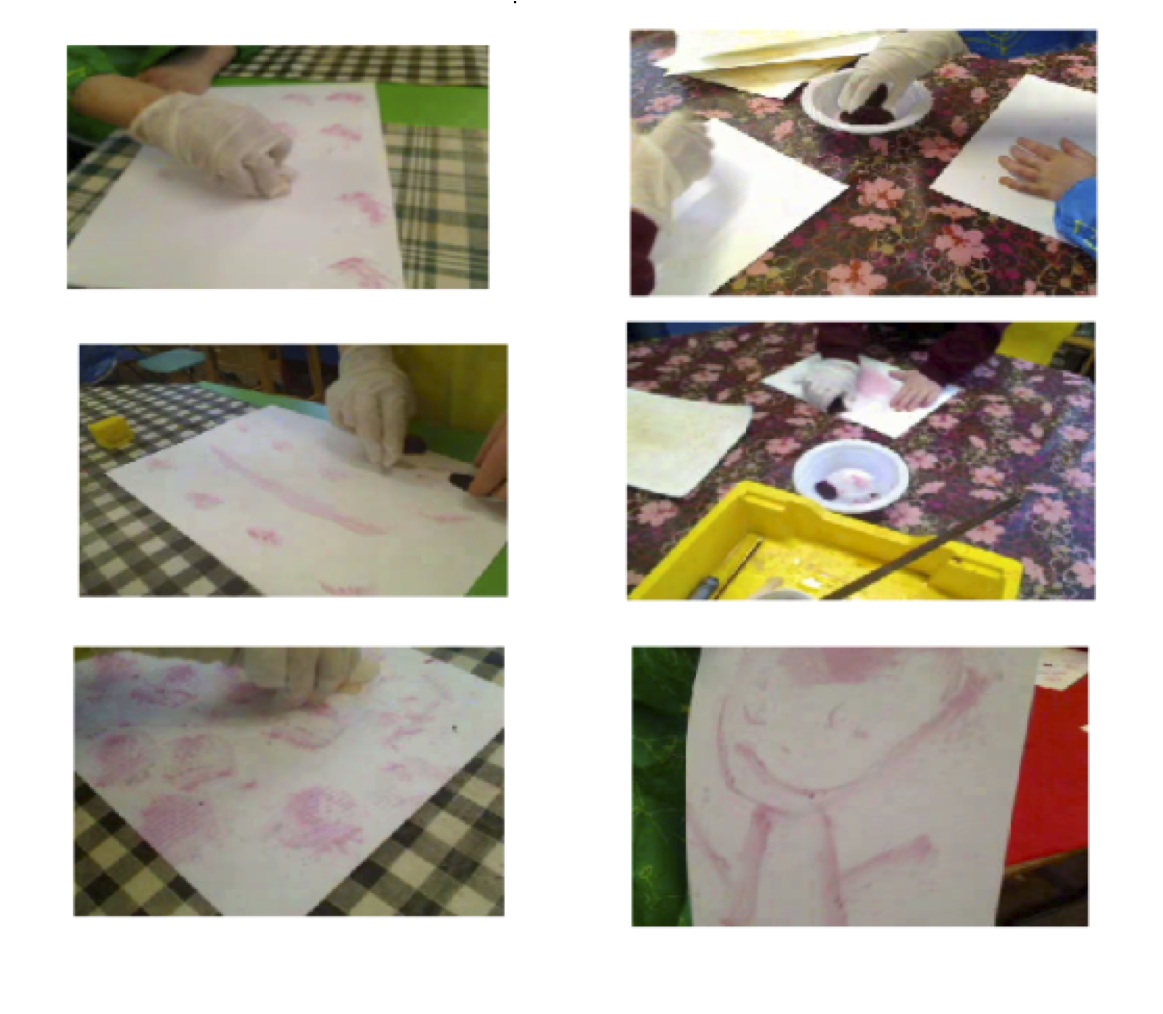
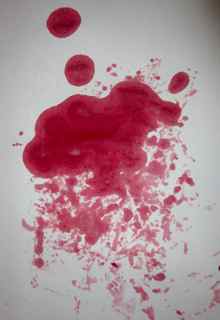
By the end of the session, the smell in the room had chnaged… it was no longer summer fruits, but smelly beetroot! The children did not like the smell!We spoke about what we liked and did not like:
- Some did not like the sticky feeling of the strawberries on their hands;
- Alot of people liked the purply colour of the berries
- Coutrney said she like the lovely pinky colour of the strawberries but not the sticky feeling on her hands!Everyone seemed to enjoy the fact that we experimented with paint, fruit, vegetables, tea and coffee for the sake of ART! Mrs Carolan reminded the children that this was ART and that they could not eat their pictures or fruit / veg!A VERY BIG thank you to all the children, the assistants and Mrs Carolan for a great session. Once again, I was not left clearing up………..!Here are a few colours I found using different fruit and vegetables.
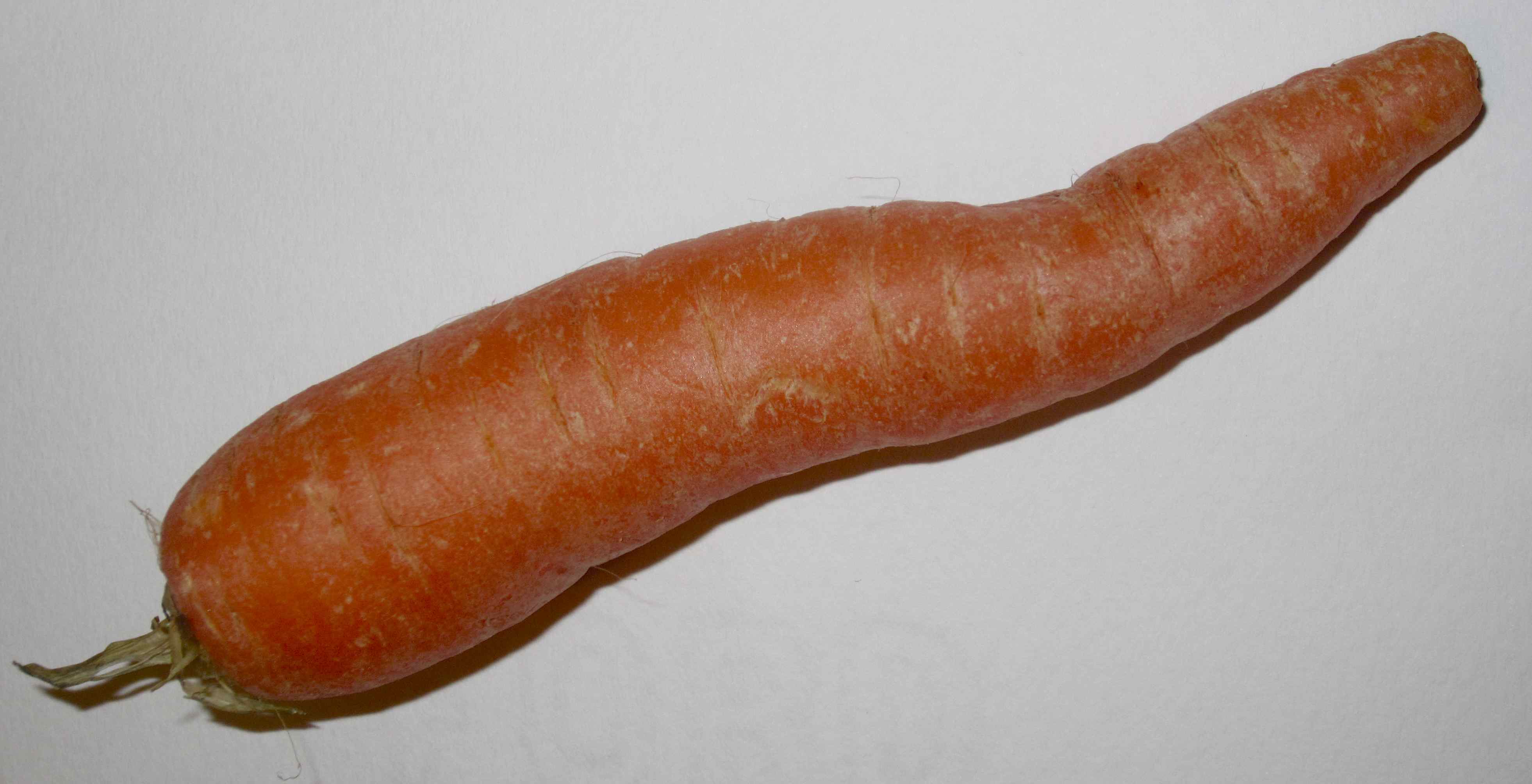
carrot 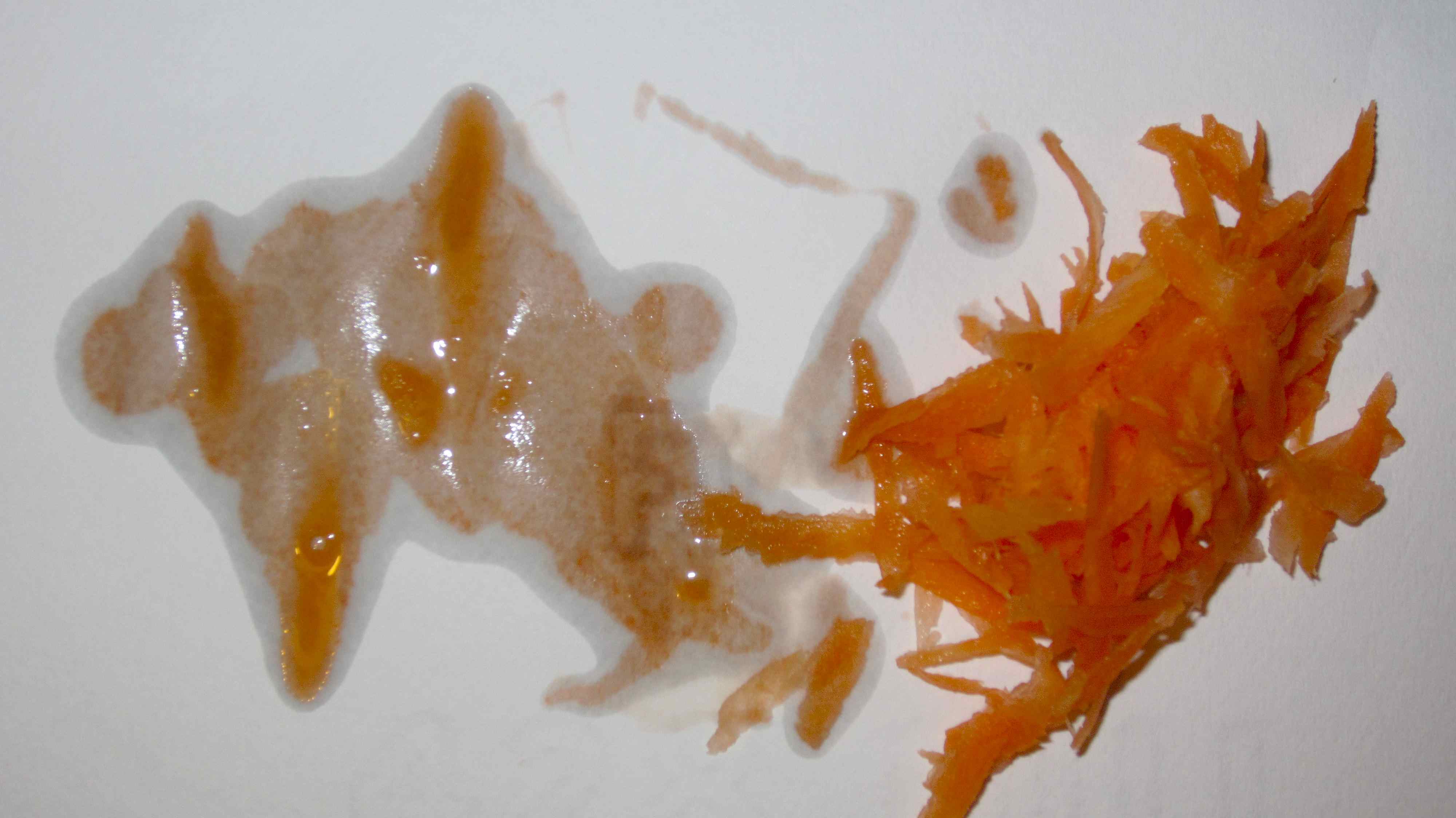
Carrot stain
